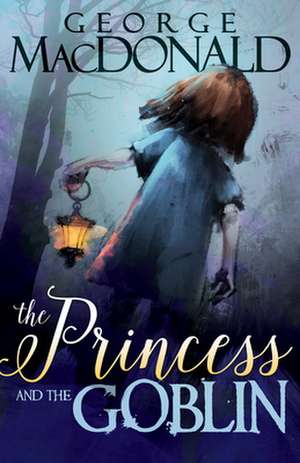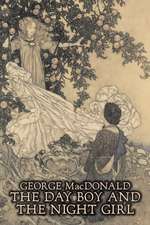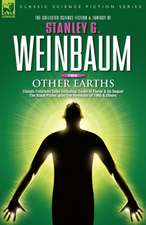Princess and the Goblin
Autor George Macdonalden Limba Engleză Paperback – 6 iun 2016 – vârsta de la 8 până la 11 ani
| Toate formatele și edițiile | Preț | Express |
|---|---|---|
| Paperback (5) | 57.67 lei 6-8 săpt. | |
| SMK Books – 7 aug 2008 | 57.67 lei 6-8 săpt. | |
| Bottom of the Hill Publishing – 31 oct 2013 | 90.68 lei 6-8 săpt. | |
| Lulu – 18 iul 2013 | 106.54 lei 6-8 săpt. | |
| Echo Library – 30 iun 2005 | 181.30 lei 38-44 zile | |
| Abela Publishing – 27 feb 2014 | 233.42 lei 38-44 zile | |
| Hardback (2) | 161.85 lei 6-8 săpt. | |
| Aegypan Press – 31 oct 2006 | 161.85 lei 6-8 săpt. | |
| Lulu – 30 iun 2009 | 261.83 lei 6-8 săpt. |
Preț: 90.95 lei
Nou
Puncte Express: 136
Preț estimativ în valută:
17.41€ • 18.03$ • 14.53£
17.41€ • 18.03$ • 14.53£
Carte indisponibilă temporar
Doresc să fiu notificat când acest titlu va fi disponibil:
Se trimite...
Preluare comenzi: 021 569.72.76
Specificații
ISBN-13: 9781629116839
ISBN-10: 1629116831
Pagini: 192
Dimensiuni: 140 x 216 x 13 mm
Greutate: 0.23 kg
Editura: Whitaker House
ISBN-10: 1629116831
Pagini: 192
Dimensiuni: 140 x 216 x 13 mm
Greutate: 0.23 kg
Editura: Whitaker House
Notă biografică
George MacDonald (1824 - 1905) was a Scottish author, poet and Christian minister. He was a pioneering figure in the field of fantasy literature and the mentor of fellow writer Lewis Carroll. His writings have been cited as a major literary influence by many notable authors. C. S. Lewis wrote that he regarded MacDonald as his "master": "Picking up a copy of Phantastes one day at a train-station bookstall, I began to read. A few hours later," said Lewis, "I knew that I had crossed a great frontier." G. K. Chesterton cited The Princess and the Goblin as a book that had "made a difference to my whole existence."


















